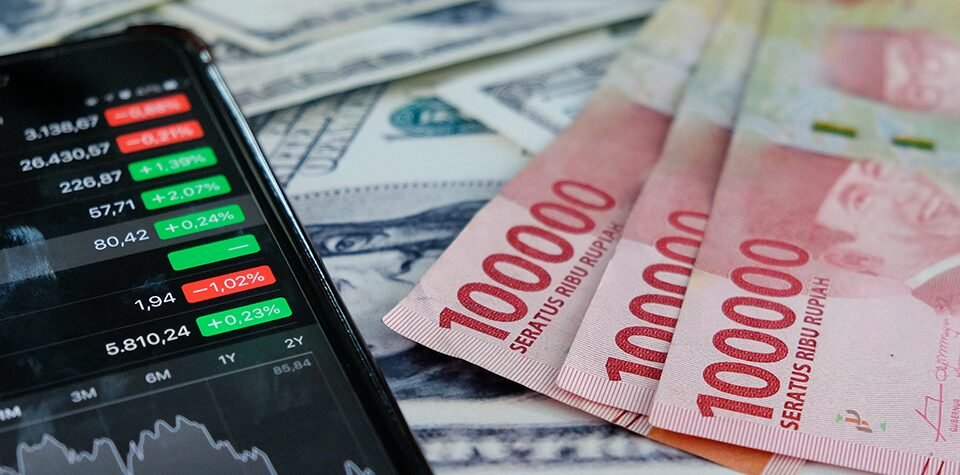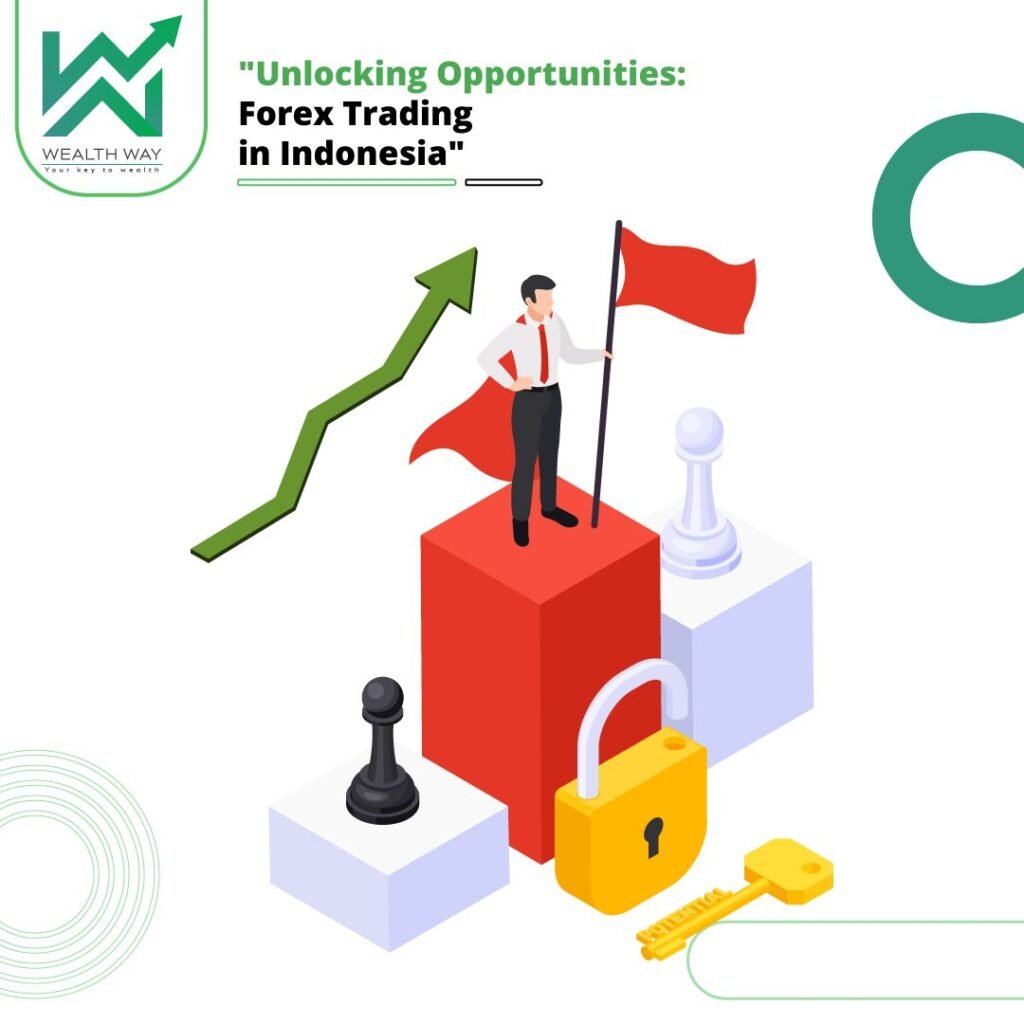Day trading in Indonesia refers to the practice of buying and selling financial instruments within the same trading day. Whether it’s stocks listed on IDX (Indonesia Stock Exchange), global forex pairs like USD/IDR, or even cryptocurrencies on local exchanges, day traders aim to profit from small price movements that occur within a single session. This strategy has gained popularity especially among younger Indonesians, notably those in urban areas with fast internet connections and a strong appetite for digital finance. Mobile trading apps, real-time charting tools, and community-based forums have all contributed to making day trading more accessible, but this accessibility doesn’t necessarily mean it’s simple. Day trading requires constant attention to charts, news, and market signals—making it a time-intensive commitment best suited for individuals who can dedicate several hours a day to market analysis and execution.
How is Swing Trading Different?
Swing trading takes a longer view of market movement. Rather than focusing on intraday price shifts, swing traders in Indonesia aim to capture upward or downward “swings” that unfold over several days or even weeks. This style is often rooted in technical analysis—using indicators, patterns, and trend lines—but can also be influenced by broader economic factors such as interest rate shifts or commodity price movements. For Indonesian traders who maintain full-time jobs or other responsibilities, swing trading can offer a more practical rhythm. It allows time for thoughtful decision-making, planning trades ahead of time, and analyzing charts without the pressure of minute-by-minute execution. Compared to day trading, swing trading tends to offer a slower pace with potentially more breathing room, both mentally and emotionally.
Which Requires More Time and Focus?

Source: ONEDIO
One of the most important distinctions between day trading and swing trading lies in the amount of time and attention each strategy demands. Day trading is often likened to a full-time job—it requires traders to monitor markets throughout the day, react quickly to sudden price changes, and execute multiple trades in rapid succession. In Indonesia, this lifestyle is often adopted by individuals with flexible schedules, such as freelancers, remote workers, or full-time traders. Swing trading, in contrast, allows for more balance. Trades are held for longer periods, which means less screen time and more time for analysis. Many swing traders check charts only once or twice a day, and often enter positions using preset entry and exit orders. For the average Indonesian trader juggling multiple roles, swing trading offers a more sustainable workflow.
What About Risk Levels and Psychological Pressure?

Source: FULLERTON
Both day trading and swing trading carry risk—but the nature of that risk differs significantly. Day trading can be emotionally taxing. Constant market movement, coupled with the pressure to make fast decisions, can lead to mental fatigue and impulsive actions. It’s not uncommon for beginner day traders in Indonesia to burn out quickly or experience decision paralysis after a string of small losses. Swing trading, while not without its challenges, typically involves fewer transactions and longer reflection periods. This often translates to lower stress levels, particularly for those who are comfortable with patience and delayed gratification. The psychological environment of swing trading can be a better match for individuals who prefer strategy over speed, and calm over chaos.
How Do the Profit Potentials Compare?

Source: DBS
Profitability in trading is always context-dependent, and that’s true for both strategies. Day traders may see faster returns due to the frequency of trades, but they also face higher exposure to transaction fees, slippage, and emotional fatigue—all of which can eat into profits. In Indonesia, especially on platforms that charge commissions or spread markups, this can become a critical factor. Swing traders generally trade less often, but they may ride longer and more meaningful trends. Over time, this can result in steadier profit curves for those who manage risk effectively and remain disciplined. In 2025’s evolving financial landscape, where more Indonesians are entering the market with diverse goals, swing trading is increasingly viewed as a path toward more consistent, albeit slower, returns.
Day Trading Indonesia: Is One Style Better for the Indonesian Forex Market?

Source: Wealth Way
The forex market in Indonesia is a rapidly growing space, fueled by increased digital access and educational outreach. However, it’s also a complex environment influenced by global events and domestic monetary policy. Day trading forex in Indonesia requires constant attention to short-term movements, news releases, and Bank Indonesia’s currency interventions—especially when trading volatile pairs like USD/IDR or AUD/IDR. This may prove overwhelming for beginners or those with limited time. Swing trading, by contrast, allows traders to base decisions on longer-term trends and macroeconomic signals. With tools like moving averages or the MACD-RSI combo, Indonesian swing traders can often spot entry points without needing to monitor the screen all day. For many locals, especially outside major cities, this model provides a better balance between opportunity and practicality.
Day Trading Indonesia: How Do I Choose Between the Two?
Choosing a trading style is deeply personal—it reflects not just your goals, but your schedule, mindset, and appetite for stress. If you enjoy fast-paced decision-making and can afford to dedicate several hours each day to analyzing charts, day trading may offer a sense of engagement and potential speed. But if your lifestyle involves other commitments—be it family, work, or studies—swing trading may be a more realistic and less stressful choice. Indonesian traders often start with one style and transition to another as they learn more about their personal limits and market tendencies. There is no “one-size-fits-all” answer, which is why clarity on your own risk tolerance and available time is essential.
Day Trading Indonesia: Can I Switch or Combine Both Styles?
Absolutely. In fact, some of the most experienced traders in Indonesia operate using a hybrid approach. For instance, one might day trade the forex market during key economic events or during active Jakarta Stock Exchange hours, while maintaining swing positions in commodities or international indices. The key to mixing both styles successfully lies in risk management and clear boundaries—ensuring that one strategy doesn’t compromise the effectiveness of the other. Whether you stick with one style or evolve into a hybrid, the flexibility to adapt based on your experience and market conditions is one of the greatest assets a trader can develop.
Final Thoughts: Day Trading Indonesia and Your Path Forward
In the end, choosing between day trading and swing trading in Indonesia comes down to aligning your trading style with your life, not the other way around. Day trading offers speed, excitement, and potentially faster returns, but at a cost—of time, energy, and stress. Swing trading may move more slowly, but it offers structure, flexibility, and often greater sustainability. As Indonesia’s trading ecosystem grows, so do the resources and tools available to support either approach. Whether you’re a full-time trader in Jakarta or a student in Yogyakarta experimenting with charts in your spare time, the most important strategy is the one you can commit to, improve within, and navigate consistently over time.






